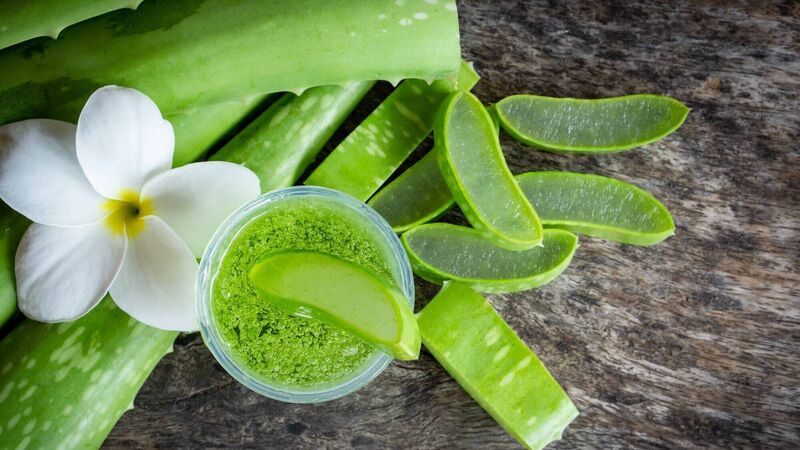Natural health: How to make your own soothing balm for sunburn

If you have an aloe vera plant in your home, simply slice the leaf lengthways and rub gently on the affected area of the skin.
One of the fastest solutions is to apply pure aloe vera gel directly to the affected area. If you have an aloe vera plant in your home, simply slice the leaf lengthways and rub gently on the affected area. You can also find natural aloe gel in most pharmacies and health stores.
Applying rosehip oil nightly to your daughter’s skin will help address the sun damage and reduce the likelihood of scarring.
Natural health practitioners often recommend rosehip oil to help soften scar tissue and keloids, heal burns, reduce inflammation, and diminish wrinkles, sun blemishes and sunlight-induced dermatitis.
It is good to have a pot of plantain balm on hand. Plantain (you can use either Plantago major or Plantago lanceolata) is one of the most commonly found herbs worldwide.
If there’s a mishap outdoors, where you have nothing on hand, plantain can be chewed and used as a ‘spit poultice’ on a wound, rash, sting, or burn.
Scientific studies show that plantain has anti-inflammatory effects, helps to staunch bleeding, and contains allantoin, promoting skin cell repair.
If you cannot find plantain balm, then you can make your own at home. The first and most important step is identifying plantain correctly through a herbal website or reference guide.
Pick the plantain on a dry day, brush off any loose dirt or insects, chop it coarsely and fill a clean, dry glass jar with the chopped leaves. Pour oil (olive is good) over the plantain until it is completely covered, then seal with a screw-top lid.
Label the jar — plant name, date, and type of oil used — and allow to infuse at room temperature for four to six weeks. Before using, strain oil thoroughly using a muslin cloth or clean tea towel.
Most balms call for a simple combination of beeswax and infused oil (around 80% oil to 20% wax), but some also contain nourishing butters such as cocoa or shea butter.
Gently melt the oil and waxes together, then pour into a clean, sterile jar and seal when cooled. The balm should keep well at room temperature for six to 12 months, provided it is not stored in direct light or heat.
It is essential to take care of your liver when you no longer have a gall bladder since stones and gravel can still form within the ducts inside and outside the liver.
One of the functions of the liver is to act as a filter to remove toxins such as bacteria, viruses, and environmental pollutants from your blood. When the liver is overburdened, you can feel sluggish and lacking in energy.
The two herbs that I usually recommend to support liver detoxification and regeneration are milk thistle and dandelion, usually found in supplement form.
You will no doubt be aware that one of the main problems after having your gall bladder removed is difficulty processing and absorbing fatty or oily foods.
The liver and gallbladder are connected, with the gall bladder storing the bile produced by the liver, passing it into the small bowel to help break down fats as part of the digestive process.
Biocare has found a clever way around this issue by creating DriCelle Omega Plex. The supplement delivers essential fatty acids (EFAs) in an easily digested form for people who no longer have a gallbladder.
Microencapsulated into water-soluble fibre and then freeze-dried, the EFAs can be absorbed directly into the intestines without impacting the liver.
Please send your questions to feelgood@examiner.ie
NOTE: The information contained in this column is not a substitute for medical advice. Always consult a doctor

Celebrating 25 years of health and wellbeing










